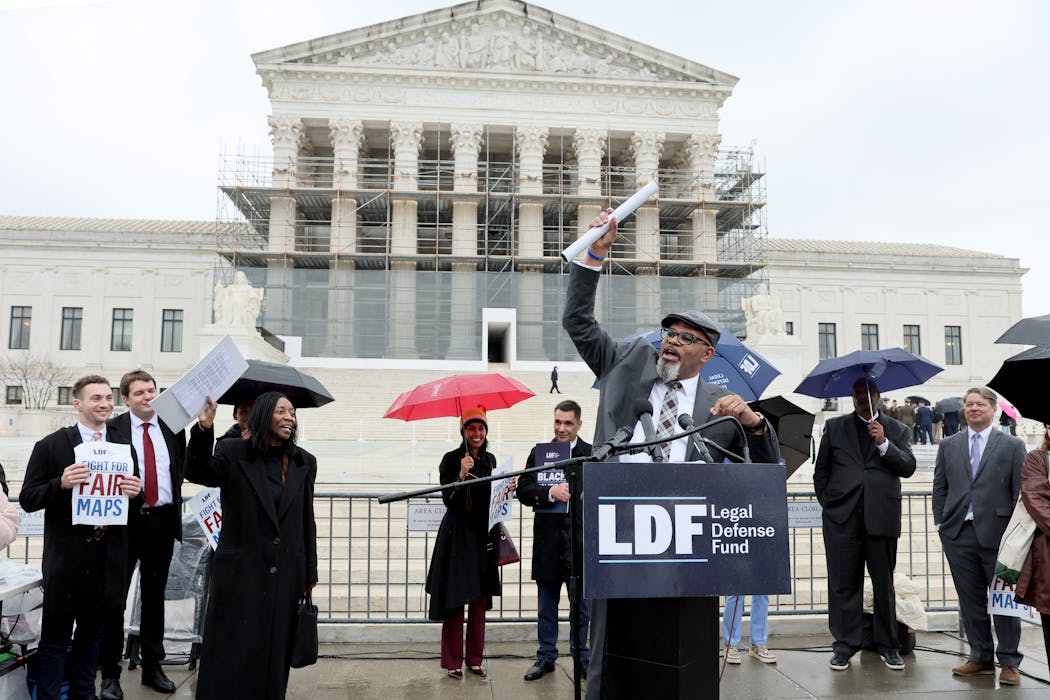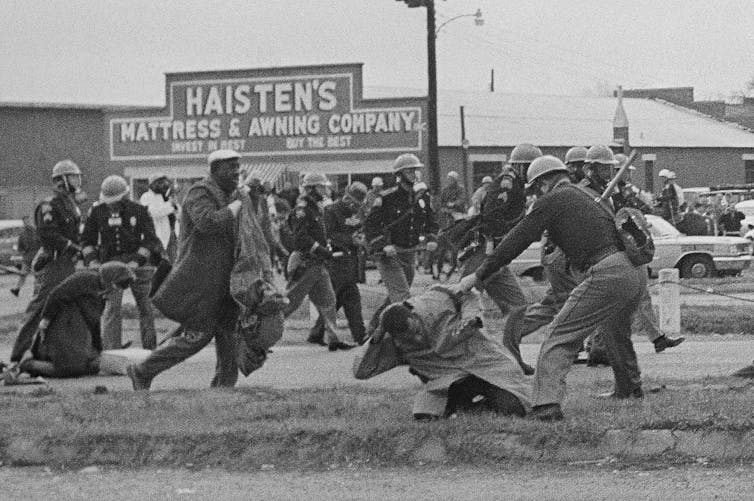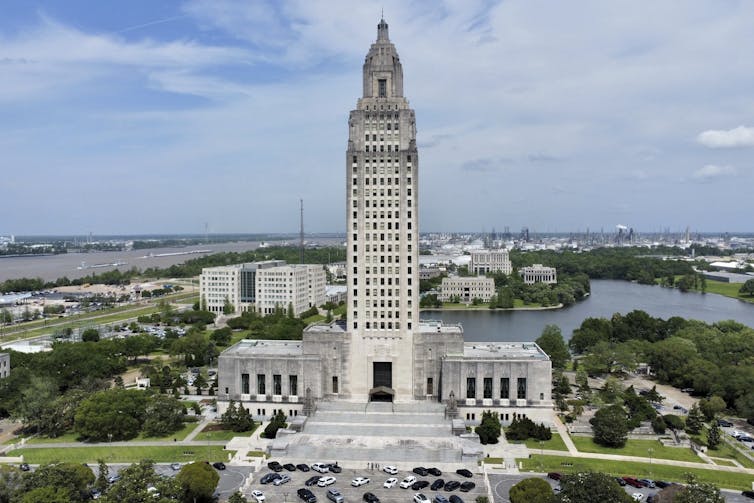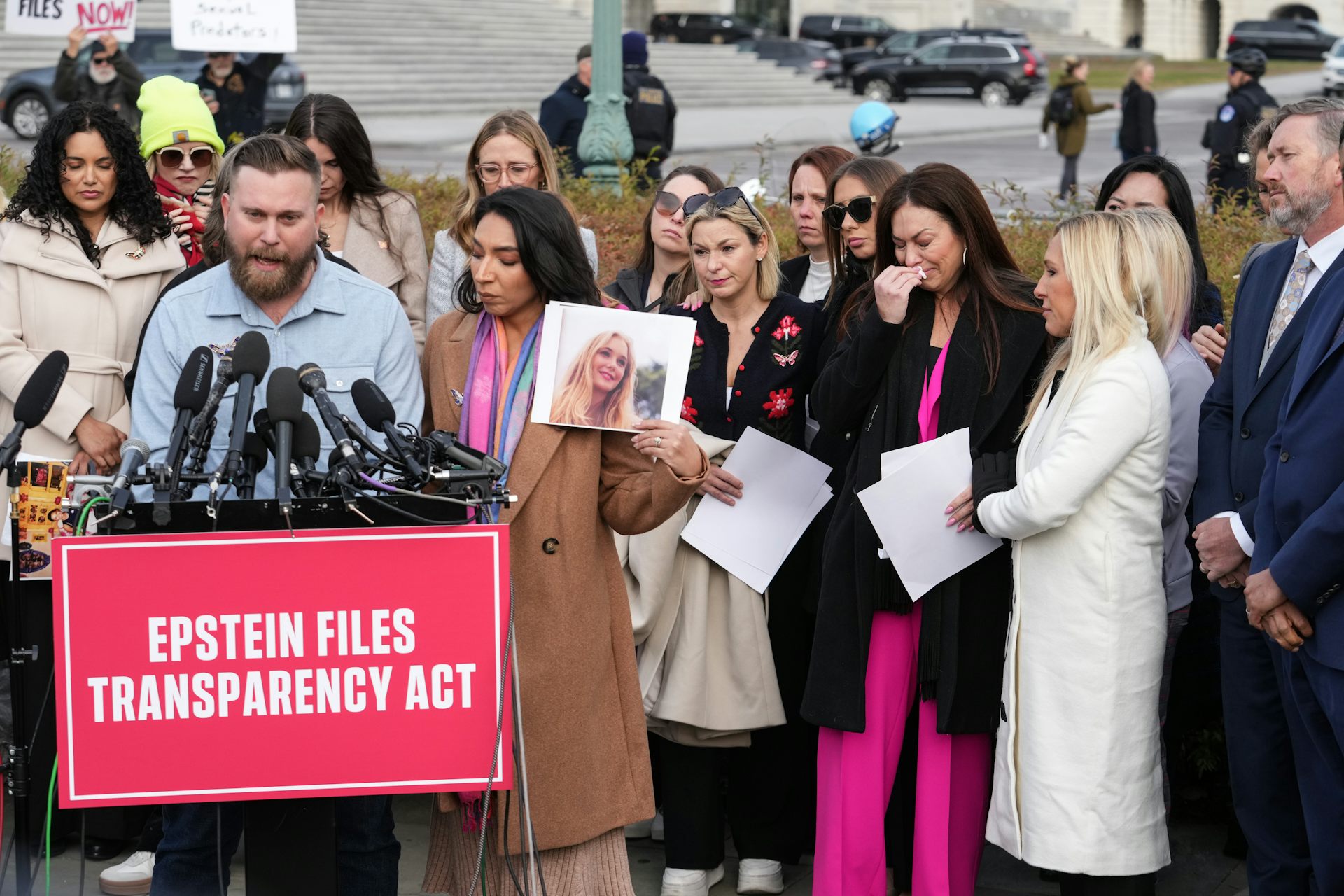Supreme Court redistricting ruling could upend decades of voting rights law – and tilt the balance o
A case being argued at the US Supreme Court could undo one of the last remaining protections for minority voters in a Civil Rights-era voting law.

On Oct. 15, 2025, the Supreme Court will hear oral arguments in one of the most anticipated cases of the 2025-2026 term, Louisiana v. Callais, with major implications for the Voting Rights Act, racial representation and Democratic Party power in congress.
The central question in the case is to what extent race can, or must, be used when congressional districts are redrawn. Plaintiffs are challenging whether the longstanding interpretation of Section 2 of the Voting Rights Act, which requires protection of minority voting power in redistricting, violates the Equal Protection Clause of the U.S. Constitution, which guarantees that individuals should be treated the same by the law.
In short, the plaintiffs argue that the state of Louisiana’s use of race to make a second Black-majority district is forbidden by the U.S. Constitution.
This is the second time that the court will hear oral arguments in Louisiana v. Callais after no decision was reached last term. From my perspective as a scholar of U.S. federal courts and electoral systems, this case represents the collision of decades of Supreme Court decisions on race, redistricting and the Voting Rights Act.
Long legal battle
To understand the stakes of the current case, it’s important to know what the Voting Rights Act does. Initially passed in 1965, the act helped end decades of racially discriminatory voting laws by providing federal enforcement of voting rights.
Section 2 of the Voting Rights Act forbids discrimination by states in relation to voting rights and has been used for decades to challenge redistricting plans.
The current case has its roots in the redistricting of Louisiana’s congressional districts following the 2020 Census. States are required to redraw districts each decade based on new population data. Louisiana lawmakers redrew the state’s six congressional districts without major changes in 2022.

Soon after the state redistricted, a group of Black voters challenged the map in federal court as a violation of the Voting Rights Act. The plaintiffs argued that the new map was discriminatory because the voting power of Black citizens in the state was being illegally diluted. The state’s population was 31% Black, but only one of the six districts featured a majority-Black population.
The federal courts in 2022 sided with the plaintiffs’ claim that the plan did violate the Voting Rights Act and ordered the state legislature to redraw the congressional plan with a second Black-majority district.
The judges relied on an interpretation of Section 2 of the Voting Rights Act from a 1986 Supreme Court decision in the case known as Thornburg v. Gingles. Under this interpretation, Section 2’s nondiscrimination requirement means that congressional districts must be drawn in a way that allows large, politically cohesive and compact racial minorities to be able to elect representatives of their choice.
In 2023, the Supreme Court upheld a lower court’s interpretation of Section 2 of the Voting Rights Act in a similar racial gerrymandering case in Alabama.
Louisiana lawmakers redraw districts
Following the court order, the Louisiana state legislature passed Senate Bill 8 in January 2024, redrawing the congressional map and creating two districts where Black voters composed a substantial portion of the electorate in compliance with the Gingles ruling. This map was used in the 2024 congressional election and both Black-majority districts elected Democrats, while the other four districts elected Republicans.
These new congressional districts from Senate Bill 8 were challenged by a group of white voters in 2024 in a set of cases that became Louisiana v. Callais.
The plaintiffs argued that the Louisiana legislature’s drawing of districts based on race in Senate Bill 8 was in violation of the 14th Amendment’s Equal Protection Clause, which requires equal treatment of individuals by the government, and the 15th Amendment, which forbids denying the right to vote based on race.
Essentially, the plaintiffs claimed that the courts’ interpretation of Section 2 of the Voting Rights Act was unconstitutional and that the use of race to create a majority-minority district is itself discriminatory. Similar arguments about the 14th Amendment’s Equal Protection Clause were also the basis of the Supreme Court’s recent decisions striking down race-based affirmative action in college admissions.
In 2024, a three-judge district court sided with the white plaintiffs in Louisiana v. Callais, with a 2-1 decision. The Black plaintiffs from the original case, and the state of Louisiana, appealed the case to the Supreme Court. The court originally heard the case at the end of the 2024-2025 term before ordering the case re-argued for 2025-2026.

High stakes and significant precedent
If the Supreme Court ultimately upholds the lower court decision in Louisiana v. Callais, deciding that Louisiana’s congressional districts are unconstitutional racial gerrymanders, it will have substantial impacts on minority representation. The decision would upend decades of precedent for Section 2 of the Voting Rights Act.
For 39 years, Section 2 of the Voting Rights Act has required redistricting institutions to consider racial and ethnic minority representation when devising congressional districts. Majority-minority districting is required when a state has large, compact and cohesive minority communities. Historically, some states have redistricted minority communities in ways that dilute their voting power, such as “cracking” a community into multiple districts where they compose a small percentage of the electorate.
Section 2 also provides voters and residents with a legal tool that has been used to challenge districts as discriminatory. Many voters and groups have used Section 2 successfully to challenge redistricting plans.
Section 2 has been the main legal tool for challenging racial discrimination in redistricting for the past decade. In 2013, the Supreme Court effectively ended the other major component of the Voting Rights Act, the preclearance provision, which required certain states to have changes to their elections laws approved by the federal government, including redistricting.
If the court overrules the current interpretation of Section 2, it would limit the legality of using race in redistricting, end requirements for majority-minority districts and eliminate the most common way to challenge discriminatory districting.
Additionally, because of the strong relationship between many minority communities and the Democratic party, the court’s decision has major implications for partisan control of the House of Representatives.
If Section 2 no longer required majority-minority districts, then Republicans could use the ruling to redraw congressional districts across the country to benefit their party. Politico reported that Democrats could lose as many as 19 House seats if the Supreme Court sides with the lower court.
Recent Supreme Court precedent gives conflicting signals as to how it will decide this case.
In 2023, the court rejected a challenge to Section 2 of the Voting Rights Act related to Alabama’s congressional districts. In 2024, the court overruled a lower court’s finding of racial vote dilution in South Carolina.
Sam D. Hayes does not work for, consult, own shares in or receive funding from any company or organization that would benefit from this article, and has disclosed no relevant affiliations beyond their academic appointment.
Read These Next
West Antarctica’s history of rapid melting foretells sudden shifts in continent’s ‘catastrophic’ geo
A picture of what West Antarctica looked like when its ice sheet melted in the past can offer insight…
How the ‘slayer rule’ might play a role in determining who will inherit wealth from Rob Reiner and h
These rules have a long history in the United States. They played a role in the notorious murders by…
As DOJ begins to release Epstein files, his many victims deserve more attention than the powerful me
Powerful men connected to Jeffrey Epstein are named, dissected and speculated about. The survivors,…






